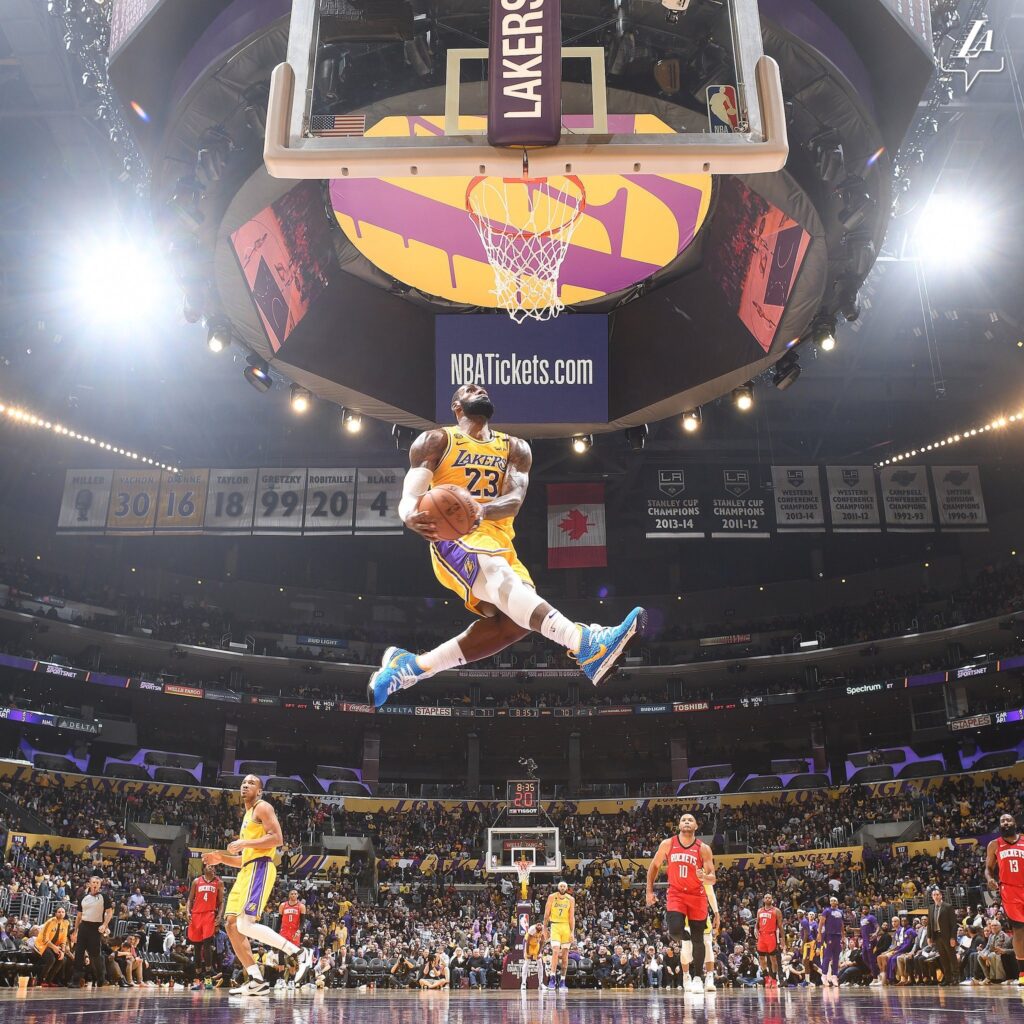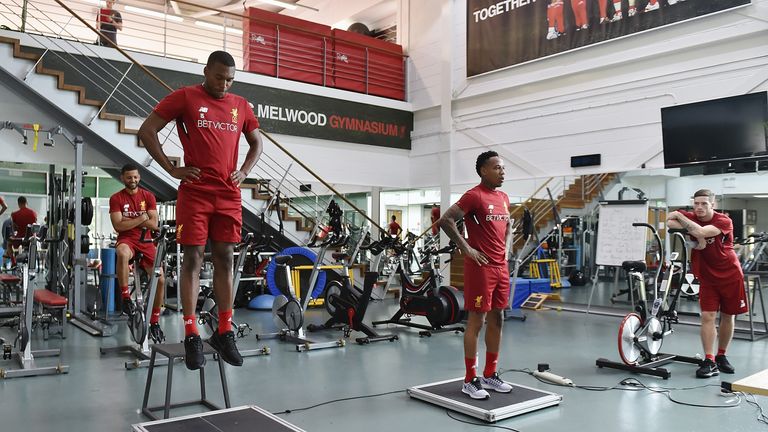As part of a good athletic development programme it is key to have a movement syllabus or competency framework to guide athletic development, inform programming and ensure our athletes are getting the right stimulus and challenge from their S&C programme to give them the desired outcomes that will improve performance in their Sport. As we know Jumping and landing are key qualities required in most Sporting events, therefore training these elements is vital and should be part of the syllabus or framework. We also know that being able to to produce large amounts of force quickly and repeatedly are key performance indicators and go some way to separating our elite athletes from our lower level ones. From a performance perspective the strength work that we do should aid us in the production of Speed and Power because of this. Therefore, plyometric training has become a staple in S&C programming.

Plyometric training is often used as a term for any type of jumping and landing work but in reality plyometric work is, in simple terms an exercise/movement that utilises a rapid cyclical muscle action known as the ‘stretch-shortening cycle (SSC). Whereby the muscle undergoes an eccentric contraction, followed by the amortization phase (the time between the eccentric and concentric phases or ‘time to rebound’) prior to the concentric contraction. This amortization phase is key as the aim for the athlete is to keep this phase to a minimum. The idea is the eccentric pre-stretch will enhance the resultant concentric muscle contraction and a faster amortization phase indicates the ability to use the stored energy from the eccentric phase more efficiently during the concentric phase. We can use jump testing to assess an athletes Plyometric ability; for example using the 10/5 repeated jump test. Using an OptoJump or force plate data we can effectively track Reactive Strength index (RSI) characteristics including jump heights, power outputs and crucially ground contact and flight times. These allow us not only to asses the outcomes like height and RSI, but also the strategy by which the athletes reach those outcomes. For example 2 athletes may have the same RSI scores from a 10/5 test however one has fast contact times but short flight times and the other vice versa. We can then see which quality each athlete needs to work on and then refer back to our continuum to see where that fits.

Having said all of that. we need to build the foundations of movement and athleticism before we can prescribe our athletes high intensity plyometric work. The general athletic qualities required to work on these more advanced movements are the building blocks of a good jump, land and Plyometric continuum. As you will see in the short video below the key aspects to begin with have a heavy focus on athletic position and landing mechanics (deceleration). As we progress the movements get more advanced and can be manipulated to elicit different stimuli via volume, intensity, heights, resistance etc. Later in in the continuum we see a shift to more repeated efforts and our plyometric training aimed at decreasing contact times, testing RSI is introduced and targets can be set. At the top end of the continuum we see the most advanced training which is referred to as high intensity plyometrics.
Below highlights our double leg jumping, landing and plyometric continuum (we also have a single leg version) in an easy to digest 2 minute video (sped up to x2 speed – No I don’t really move that quickly) which will give you an idea of how to progress athletes through the framework alongside the strength work and on pitch/court sports training. Lots of this can be and often is integrated into the pitch based work that we do as well. In addition, the continuum gives an effective systematic process to enhance the rehab process especially in long term injured athletes to help guide their progress with additional markers of performance to refer to (another blog maybe).
DISCLAIMER, the video you have seen above is an example of our double leg jumping, landing and plyometric continuum. This is just a part of the full framework that includes a Single leg version that runs alongside this, as well as our basic movement patterns Squat, lunge, hinge, push, pull, bridge etc. Please share on social channels and comment below. Also head over to our YouTube channel and subscribe for more videos.